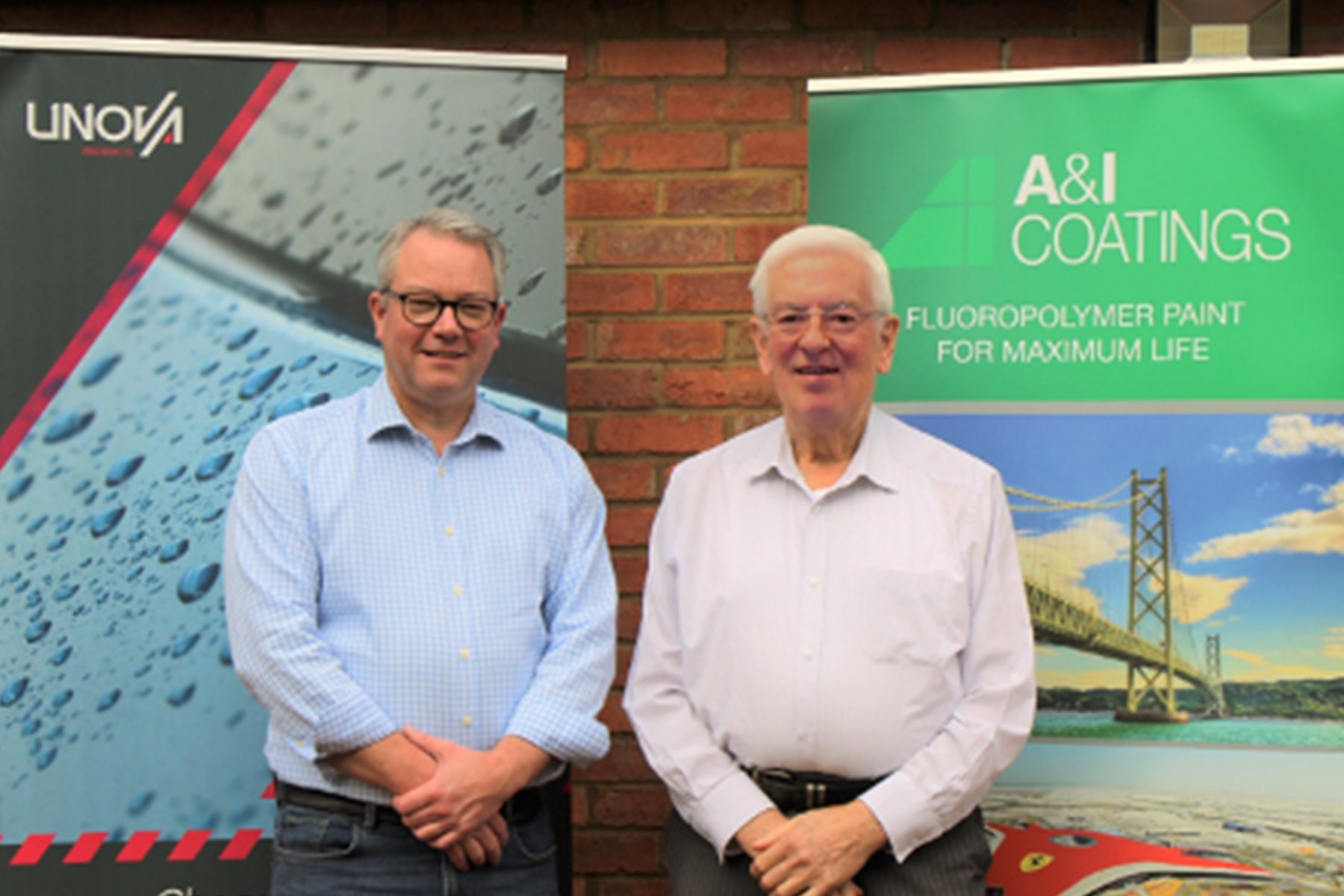Solvent popping or pinholing is a common coating defect that occurs when solvent from an applied layer of coating evaporates and gets trapped under a top layer of paint that has evaporated faster and dried. The vapours that are trying to escape form small convex blisters or pinholes in the surface, creating a weak point in the coating film.
The aesthetic side apart, solvent popping can also lead to structural damage by leaving the substrate exposed to corrosion initiators.
Some of the common reasons we have seen that lead to this issue are:
2. Drying temperature being too high or heat source being too close to the film. This can cause the outermost surface of the paint film to ‘skin over’ prematurely, trapping the evaporating solvent under the film.
3. Use of fast evaporating thinners.
4. Excessive film thickness.
5. Insufficient drying time between coats.
6. Insufficient sealing of porous surfaces, i.e., Thermal metal spray (TMS) or inorganic zinc silicates, causing air entrapment in the curing film.
Prevention
1. Ensure thorough surface preparation and cleaning
2. Go for a slow drying thinner that is suitable for the climatic conditions. Higher the temperature, the slower the solvent. Make sure not to force dry and encourage air flow across the curing surface.
3. Follow the recommended flash off and drying times.
4. Apply paint in thin, wet films and allow sufficient drying time between coats, and adhere to manufacturers recommendations on film thicknesses and re-coat/dry times.
5. Ensure an even thin film of ‘sealer’ coat is applied across the porous surface to expel any entrapped air. Allow to flash off as per manufacturers guidance and apply suitable subsequent full coat(s).
6. Use the recommended air pressures.
7. Ensure correct viscosities of coating.
Remedies
There is no quick fix for solvent popping, and in most cases the paint will have to be removed and reapplied.
In situations where the coating is still wet, a solvent can be applied again to remove the coating and repaint. However, if the coating has already dried, it is best to remove the paint by abrasive blasting or mechanical means and re-coat on the base material, as correct surface preparation is always one of the most important factors that determines the quality of the finish.
If you have any other questions on paint defects or best practice to follow, please feel free to get in touch us.




